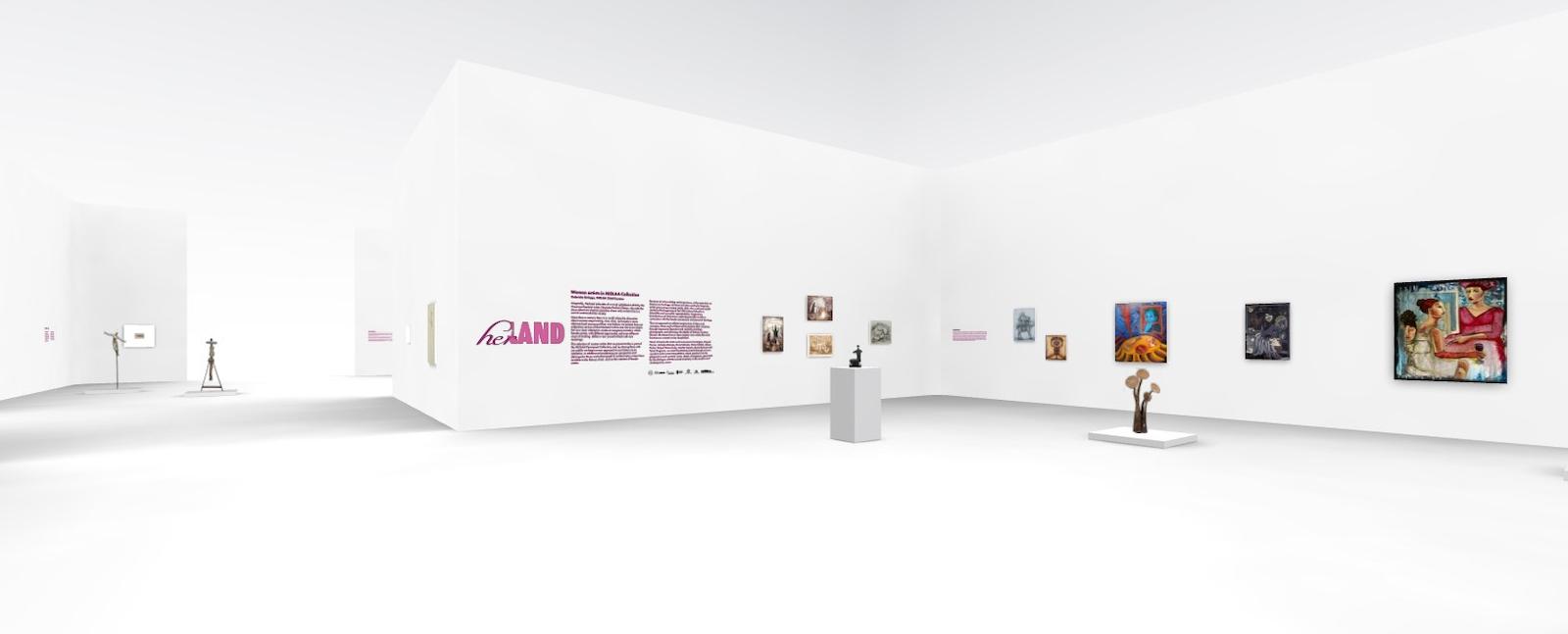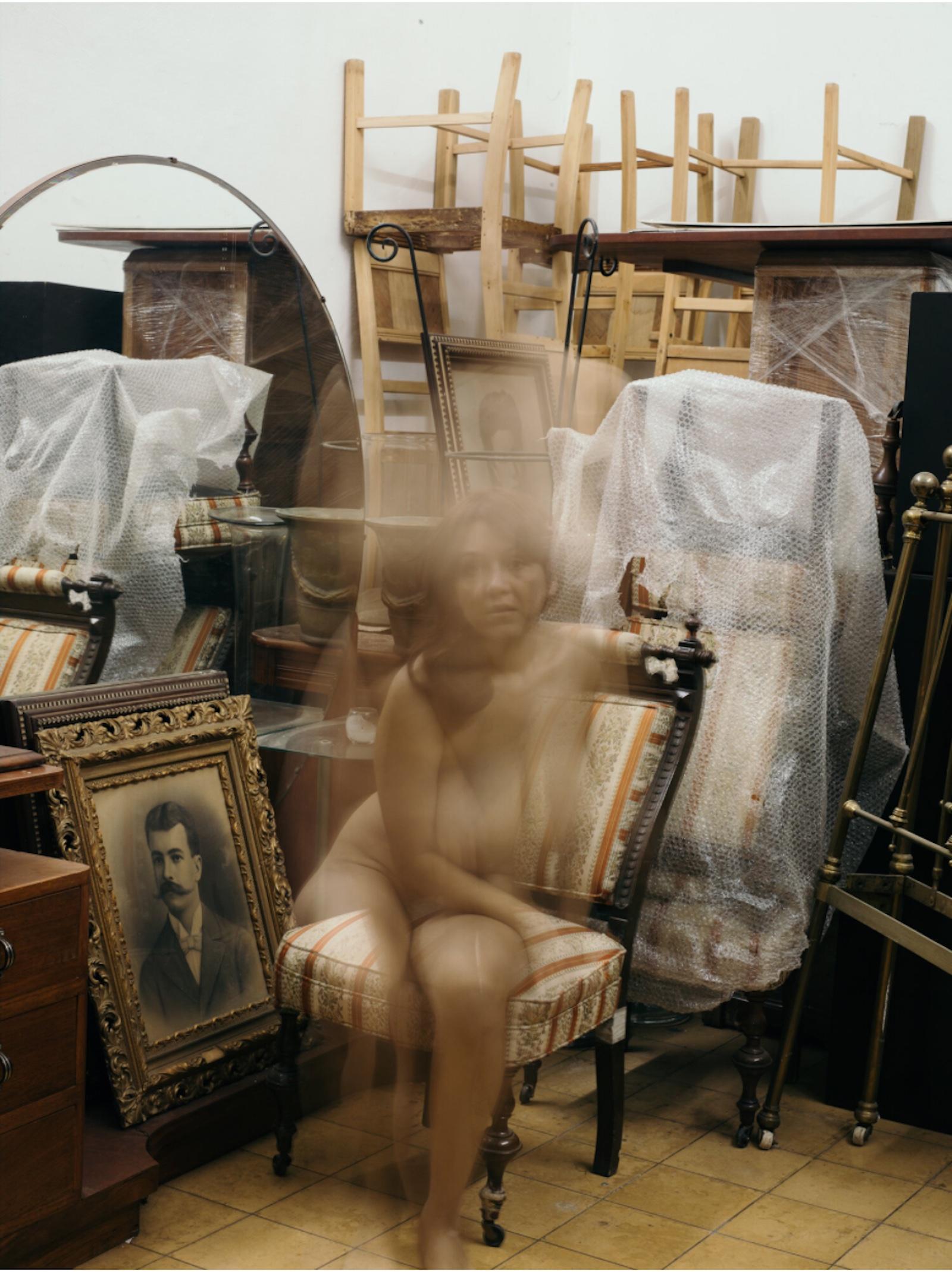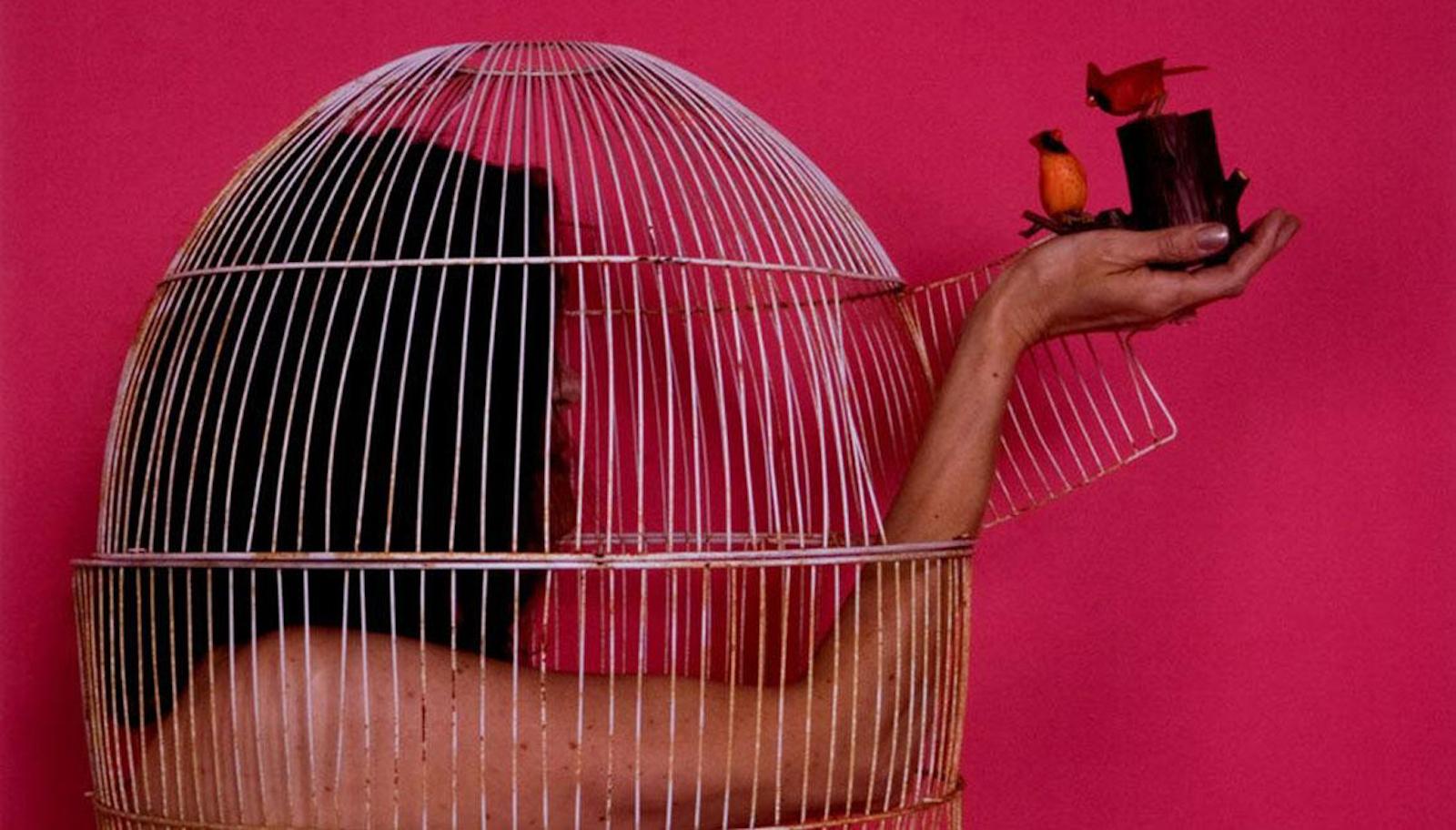Originally, Herland is the title of a novel published in 1915 by the American feminist writer Charlotte Perkins Gilman, who tells the story about a utopian paradise where only women live in a sort of communitarian society.
More than a century later, in a world where the discussion about women empowering, race, class, and equity is more relevant (and necessary) than ever before, we present here our subjective version of that Herland. In this case not as a utopia but as a clear attempt to create an imaginary territory where female artists, with different approaches and even different ways of looking, define a new powerful land with new meanings.
This selection of women artists that we present today is part of the MOLAA Permanent Collection, and by sharing them with our public we begin a new approach to our history as an institution, in addition to broadening our perspective and delving into those works that speak of certain topics, many times invisible in the history of art, such as the creation of female artists.
Because art is knowledge and experience, at the same time we discuss our heritage, we focus on Latina and Latin American artists possessing a unique poetic style, who continued a path started at the beginning of the 20th century linked to a dreamlike and surrealist, representation, imagination, boundaries, and distortions, exploring possible worlds in connection with the female unconscious and personal ideology.



























